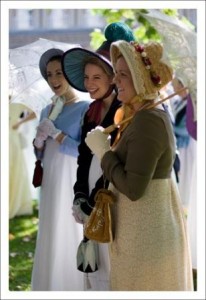This week I have been working on the underlying structure of my work-in-progress (provisionally called ‘Georgiana and the Municipal Moon’). I’d be dishonest if I didn’t remark on how much there is to think about.
It’s set in an alternative Regency England – but I want consistency so I’m using the years 1808/9 for days of the week , phases of the moon and tides. Even though I’ve dreamt up the City of Selchester, I do want my Sussex geography to be feasible (magic notwithstanding) and the details of everyday life to be convincingly Georgian. Research into where and when and how can throw up no end of plot possibilities – and problems.
Then there’s the question of scenes and chapters. Each one must add something to the plot and the reader’s understanding of the characters as well as having a crescendo. Why would you read on if the scene isn’t going somewhere?
So I’ve been happily imagining what the exit point of each scene might be. Sometimes it’s a steady build-up, in others, a different strand comes to interrupt the flow and forms the climax. All good stuff – it’s taken four rough drafts to get this far.
One thing I’ve tried this time is working backwards. It sounds odd, and it is a brain-strain, but it does make sure everything pays off.
Here’s a ‘frinstance’:
I knew I needed a particular character to successfully forge a signature on a document. By tracing that in reverse, I could put in an earlier moment where they are praised for their handwriting (much to another character’s disgust) and and even earlier incident where someone who might spot the forgery is shown to be unlikely to. The difficult bit is making this none-too-obvious: lots of head-scratching and the use of distraction were needed.
So now ( version 5) I have a dirty great long sequence of discrete episodes grouped into chapters. There are some gaps with notes like Her experience at school will be largely unpleasant – but by-and-large, it is done. My foetus has vertebrae.
How do you tackle the spine of your work?



